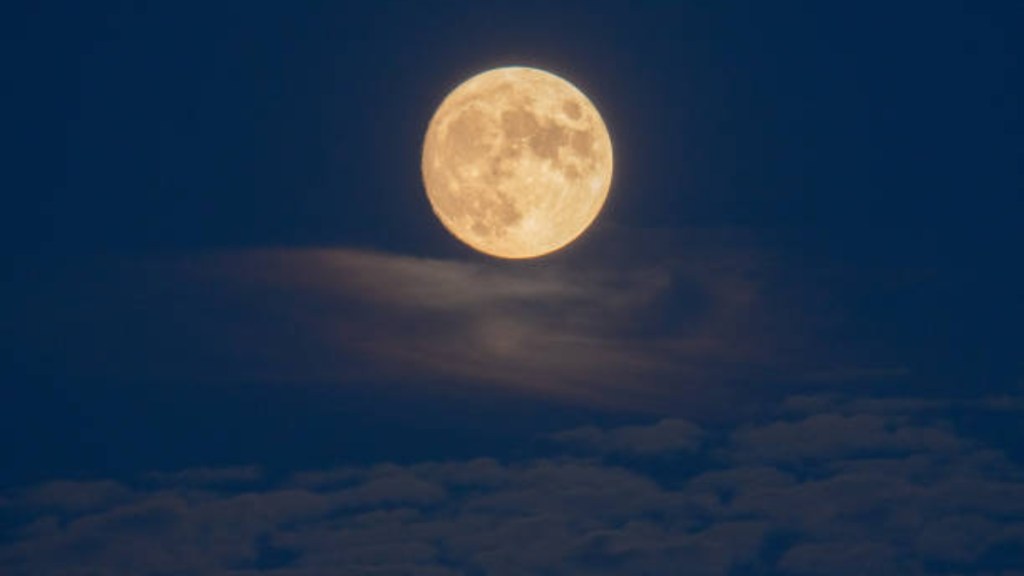Today is the day when you will be able to see the final supermoon. Yes, the supermoon known as ‘Beaver Moon,’ will shine the brightest today. The moon is expected to reach its highest illumination at 4:29 PM.
Beaver Moon is here: How and when to see
So when can you see the ‘Beaver Moon?’ This supermoon will appear for three days. Starting from the early hours of November 14, the moon will stay there till sunrise on November 17. Moon lovers and lunar enthusiasts can see a bright and enlarged moon. The moon will be slightly closer to Earth than its usual distance. You can also see an enhanced size and brightness compared to typical full moons. This phenomenon usually occurs when the moon reaches its closest orbital point, known as perigee. This usually happens during a full phase, resulting in what is known as a supermoon.
Understanding ‘Beaver moon’
So what is ‘Beaver moon,’ and what does it exactly mean? The full moon that we see in November is called a ‘Beaver moon.’ The Beaver moon originates from American customs. The name was then popularized by the Maine Farmer’s Almanac. This name can be associated with the time when Beavers start preparing their warm shelters. History has shown that this time was also the best time when they were hunted to get enough supply of their warm fur. ‘Beaver moon’ is also known as ‘Frost moon,’ or ‘Snow moon.’
Upcoming astronomical events
Well, you also have other astronomical events coming up. On November 16 Mercury will reach its greatest eastern elongation. This will make it ideal for evening observation. In addition to this a Leonid meteor shower is also expected to peak from November 17 to 18. This can be another highlight for lunar enthusiasts and skywatchers.
Next, according to Seasky.org, you can also expect the Uranus to be visible, reaching its closest point to Earth on November 17. This will enable you to see a brighter and more accessible sighting of the Uranus.


